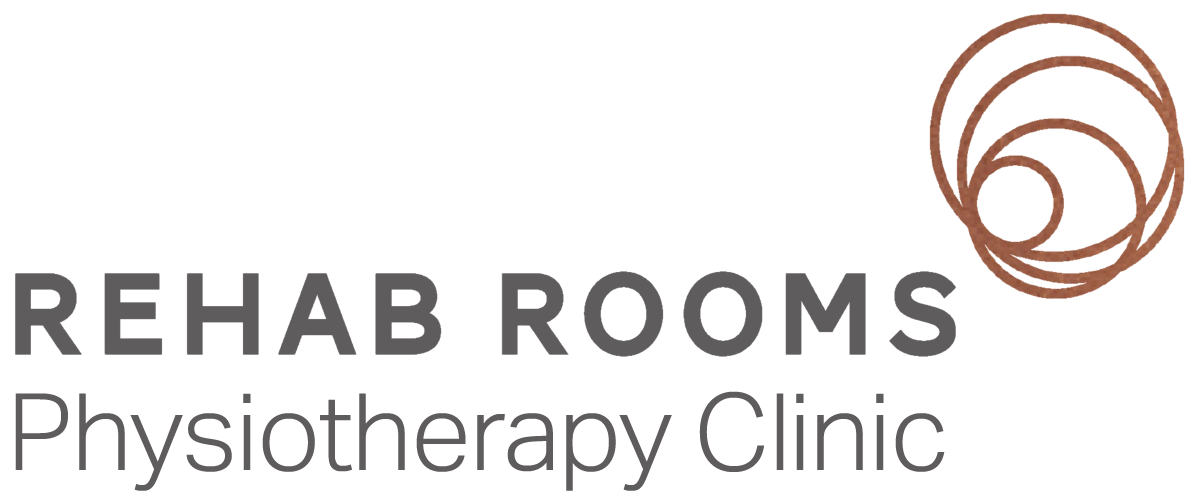What Kind Of Runners Should I Get?
by Alison Quinn, Clinical Specialist Physiotherapist
Had a great session recently with Mike and Sam from Grandstand Sports in Dun Laoghaire and Mark Wainwright from Mizuno. Check out our video below of their visit to the clinic where we discussed some cushioning components in runners. We also have a few tips for those of you who like running and walking. And indeed the information applies to lots of sports as running is a component of so many sports.
Our meeting with Mizuno and The Rehab Rooms! - YouTube
Our meeting with Mike and Sam from Grandstand Sports in Dun Laoghaire and Mark Wainwright from Mizuno!
While Mizuno has a huge range of runners for all sports, in particular running, Mark expanded on two of their most popular types of shoes - a neutral shoe and a support shoe. What we like about both of these types of shoes is that there is a wave plate running down from the heel to the forefoot (just before the toes) which dissipates shock. When your foot lands on the ground the plate takes the energy and spreads it out. Think of it like a pebble landing in the water and sending out those ripples.
By spreading the shock it also helps to protect your Achilles tendon (which takes a lot of load when running). These wave plates also decrease the side-to-side movement of the foot which is good for stability – it helps those of us who may go over on our ankle a bit.
So what do we mean by a neutral shoe and a support shoe?
A neutral shoe means it has no extra additional correction on it. We tend to recommend neutral shoes for people who wear orthotics as the running shoe then works with the orthotic and doesn't overcorrect your foot position.
A support shoe means that the inside of the shoe is more built up than a neutral shoe so it’s good for people whose feet tend to lean inward. When they land and the weight goes onto the inside of the shoe, the shoe is stiffer on the inside and helps them not to lean in too much. One of the most popular Mizuno support shoes also has a couple of extra millimeters in width on the forefoot and the rear of the shoe to provide more contact with the ground giving extra support.
Both shoes can be bought in a wide fitting size which is good for a wider foot or for someone who needs more space like someone who has bunions on their feet.
The foam used in the shoes provides both cushioning and responsiveness. This allows the runner/walker to use less energy when moving as the foam provides a spring back effect. Different levels of foam are used in different models depending on the runner/walkers needs. The ideal is to have cushioning and stability rather than just all cushioning which can make you feel a bit off balance.
Attention all walkers! Just because a shoe is called a running shoe, doesn't mean you can’t wear it for walking – we recommend running shoes to a lot of our patients who are walkers as they get a lot of support and stability particularly if they power walk, walk on hard ground or walk regularly.
Some other great tips from Mark
Tying your laces - If you want a tighter feeling in the shoe or if your runners have loosened a bit, as happens with normal wear, then try a butterfly lace using the last hole in the runner. It pulls the back of the shoe forward for a snugger fit.
Top tip – Did you know that the laces in your shoes actually link into support systems in the sides of the shoe to again contribute to stability and a snug feeling around the foot.
Don't wash your runners! It affects the glue in the shoe and causes the material in the runner to break down sooner.
The foam in the runner will start to break down at 400-500 miles so you should consider changing your shoe at this point. If you are a walker rather than a runner then you may get 3 times the mileage from the shoe – so 1200-1500 miles. These are rough guides as the wear on the shoe depends on the hardness of the ground you run on, your weight, how heavy or light you are on your feet, and how quickly you fatigue.
